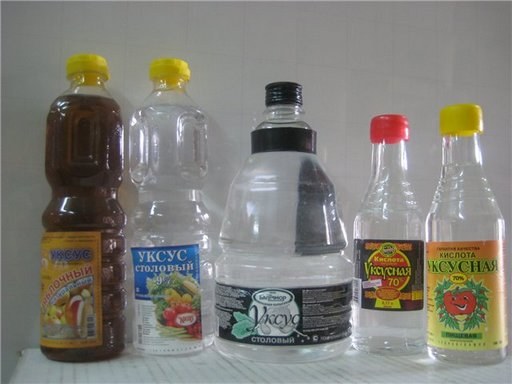You will need
- - the tubes;
- - tube refrigerator;
- indicators;
- - acetic acid;
- - isopentenyl alcohol;
- - sulfuric acid;
- - sodium hydroxide;
- - iron (III) chloride.
Instruction
1
The main feature by which we can determine that the tank is acetic acid, is a characteristic smell of vinegar. To smell, open the flask and make over it a few translational movements of air palm to him. In any case it is impossible to smell volatile liquid, leaning over the container, as this may cause burns of the mucous membranes of the respiratory tract.
2
All compounds of the class of acids are composed of hydrogen atoms which in aqueous solution to cause acidic properties. Therefore, this substance can be identified using indicators. To do this, take 4 test tubes, pour in each 1 ml of acid and dip them in the indicators (hcl, if they are in the form of solutions). Litmus in acidic medium turns red phenolphthalein color does not change, and methyl orange turns pink-red. 4 tube drop universal indicator, which will be in the solution purple-red. Compare color on a scale, which is included in each box and you will see that it corresponds to an acidic environment.
3
Spend a reaction to the presence of acetate ion. To do this, take the test tube, pour into it 2 ml of diluted acetic acid, add 1 ml of sodium hydroxide. Get the soluble salt is sodium acetate. Now add to the mixture a few drops of solution of ferric chloride (III) will be a red color. Heat the mixture, then the reaction of hydrolysis will fall a brown sediment. This indicates the presence of acetate ions.
4
Take the tube, put 2 ml of the test substance add 2 ml isopentanol alcohol. Hcl in a mixture of 1 ml of concentrated sulfuric acid. Close the vial with a tube-fridge and heat the mixture. As a result of interaction there is a pleasant smell of pears due to the formation of the ester.
Note
When performing work, observe the safety rules.


